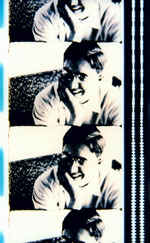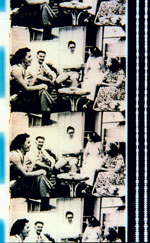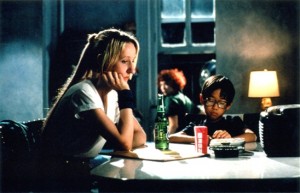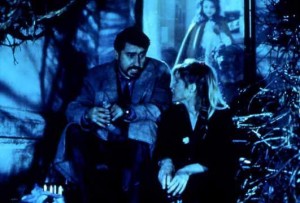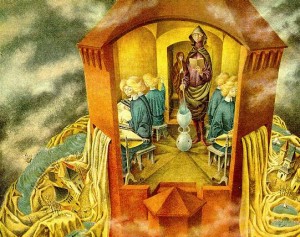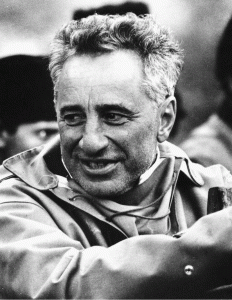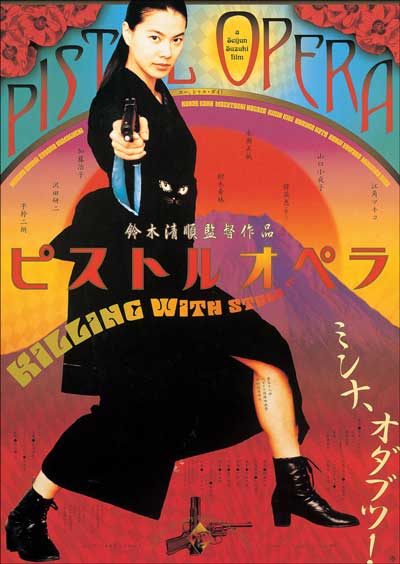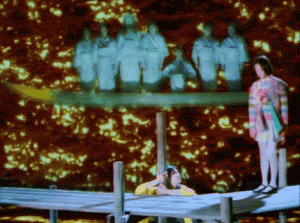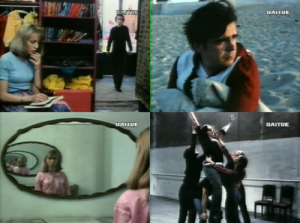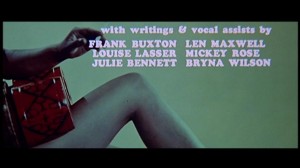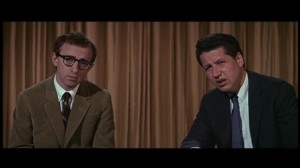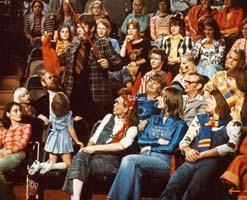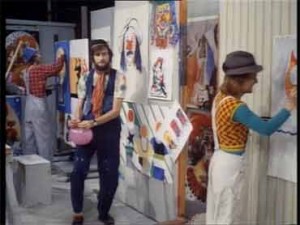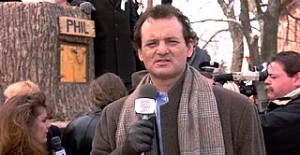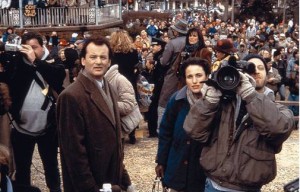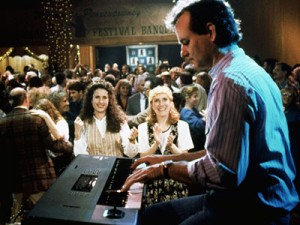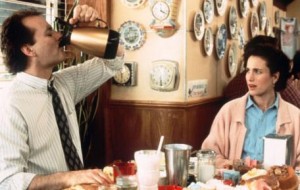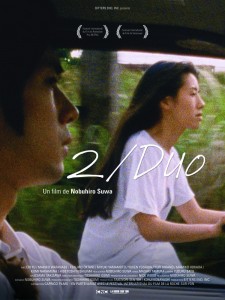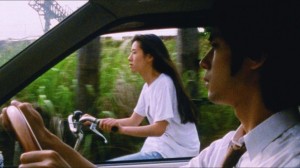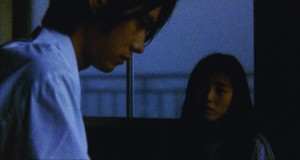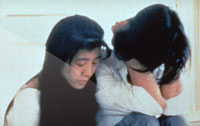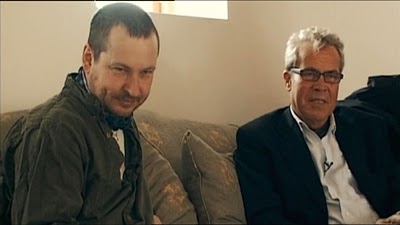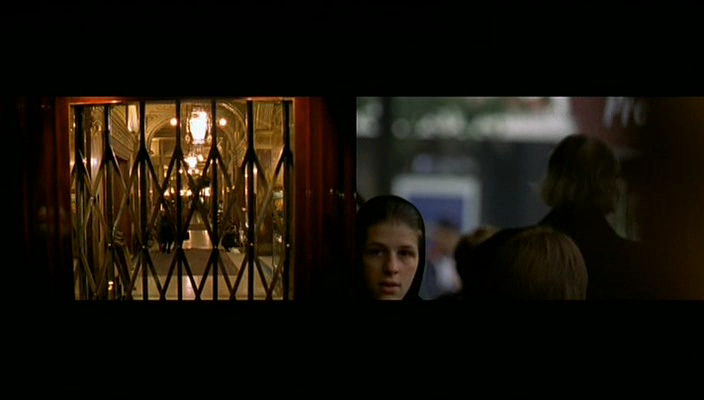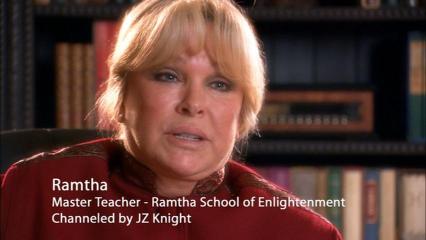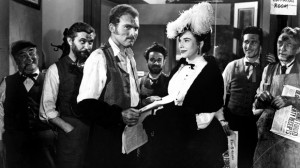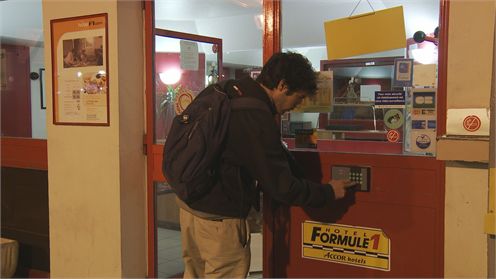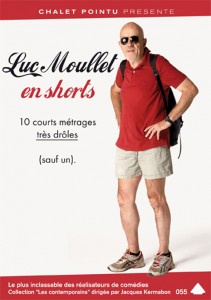From Monthly Film Bulletin, January 1977, Vol. 44, No. 516. Both this film and Mekas’s earlier diary film Walden (1969) have been released together on a Blu-Ray from Kino Lorber. –- J.R.
Diaries, Notes & Sketches — Volume 1, Reels 1-6: Lost Lost Lost
U.S.A. ,1975
Director: Jonas Mekas
Dist–Artificial Eye. p.c /p/sc/ph–Jonas Mekas. addit. ph–Charles Levine, David Brooks, Peter Beard, Ken Jacobs. Part in colour. ed–Jonas Mekas. m/songs–including piano music by Chopin, “Abschied” by Schubert, traditional Lithuanian music, “Kiss of Fire” by Lester Allen, Robert Hill, excerpts from Wagner’s “Parsifal”,“How Deep Is the Ocean” by Irving Berlin, music by Lucia Dlugoszewski. sd/narrator–Jonas Mekas. with–(Reels 1-6) Jonas Mekas, Adolfas Mekas; (Reel 2) Prof. Pakstas, Juozas Tysliava, Stepas Kairys, Zadeikis, George Maciunas and family, Faustas Kirsa, Aleksandra Kasuba, Vytautas Kasuba, Vladas Jakubenas, Jeronimas Kacinskas; (Reel 3) Gideon Bachmann, Dorothy Brown, Sidney Grief, Lily Bennett, Storm De Hirsch, Louis Brigante, George Fenin and son, Arlene Croce, Edouard de Laurot, Ben Carruthers, Leo Adams, Sheldon Rochlin, Frances Starr, Robert Frank, Peter Bogdanovich, LeRoi Jones, Frank O’Hara, Allen Ginsberg, Bremser, Ged Berliner, Dick Bellamy; (Reel 4) Gretchen Weinberg, Herman Weinberg, Dick Preston, Dwight Macdonald, Shirley Clarke, Julian Beck, Judith Malina, Robert Hughes, Nat Hentoff, Norman Mailer, David Stone, Jules Feiffer, Naomi Levine, David Reynolds, Paul Goodman; (Reet 5) Peggy Stefans, Herman Weinberg, Gretchen Weinberg, Marty Greenbaum, Peter Beard, Ed Emshwiller, David Stone, Taylor Mead, Sheila Finn, P. Read more

